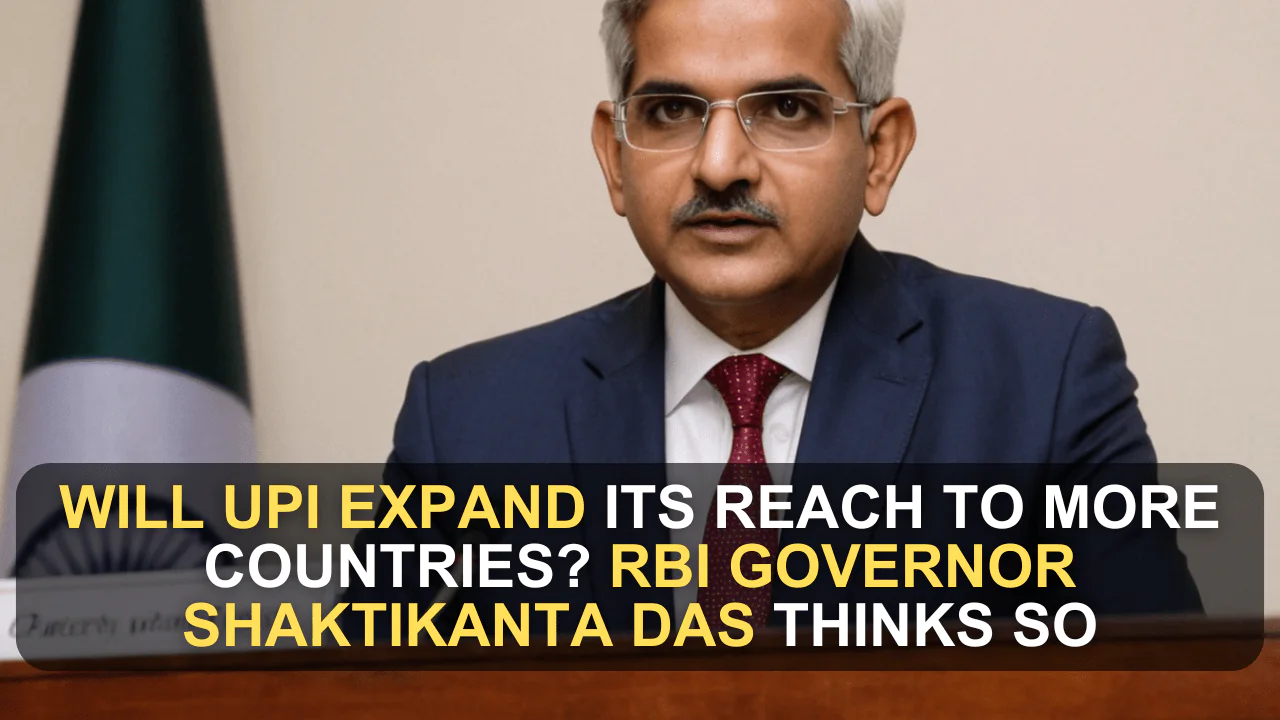Introduction
The digital payment system known as the Unified Payments Interface (UPI) in India is all set for further growth internationally. The current and former RBI Governor Shaktikanta Das mentioned in the speech his confidence to continue the development in PI and see the potential for its expansion to many more countries.
UPI paid to your fingertips: Governor Das sharing his experience during a recent visit to a state, said, the organization has already set its benchmarks in countries using QR codes and fast payment system linkage. He said that detailed negotiations were being held with at least several more countries to introduce UPI to the latter’s markets.
Future Outlook Governor Das added that the global purchasing power of UPI has further scope for improvement. He saw UPI as having the potential to grow even bigger and open to other countries shortly because the integration has been already piloted and successfully implemented in many nations.
Major Partnerships While delivering a speech at an event in Mumbai on Tuesday, Das brought out the advancement in the uptake of UPI globally. Many nations in Asia including Bhutan, Nepal, Sri Lanka, Singapore, the UAE, Mauritius, Africa Namibia, The South American country of Peru, and Europe including France have migrated to the UPI network and RuPay cards. All these partnerships are in line with a bigger strategy to market India’s digital payment products on the international market.
This shows that India has solutions to provide digital payment solutions including through the RuPay cards in UPI services. Whereas RuPay is the Indian card network it works in tandem with UPI and provides safe and efficient card-based transactions. This combination between RuPay and UPI will make it easier to make India’s digital payments system go even further on an international level.
Acceptance of UPI and RuPay cards could pose certain economic effects which include the strategic alliances made with other countries. Besides promoting the digital ecosystem of India, it is opening doors for a better economic connection by integrating UPI with another country’s payment system. It has the possibility of boosting the export, tourism, and investment relations between India and the partnering countries.
Priorities and Prospects – The process of extending UPI’s international cooperation is encouraging, yet such issues as differing legislation, cyber threats, and the presence of various technological systems in the interlocutors may become critical. However, with such support and collaborative efforts of the government, these challenges are not unerasable. If the UPI operation expands successfully in foreign countries, then it would be a great achievement for India’s digital economy and perhaps establish a benchmark for other countries to achieve the same.
Conclusion Based on the data and development, the expanding internationalization of the unified payment interface proves that India is increasingly taking more roles in the financial technology sector. As more countries remain connected to the UPI network, its reach is expected to broaden across the globe thus inculcating more of a role for digital payments in the future.




